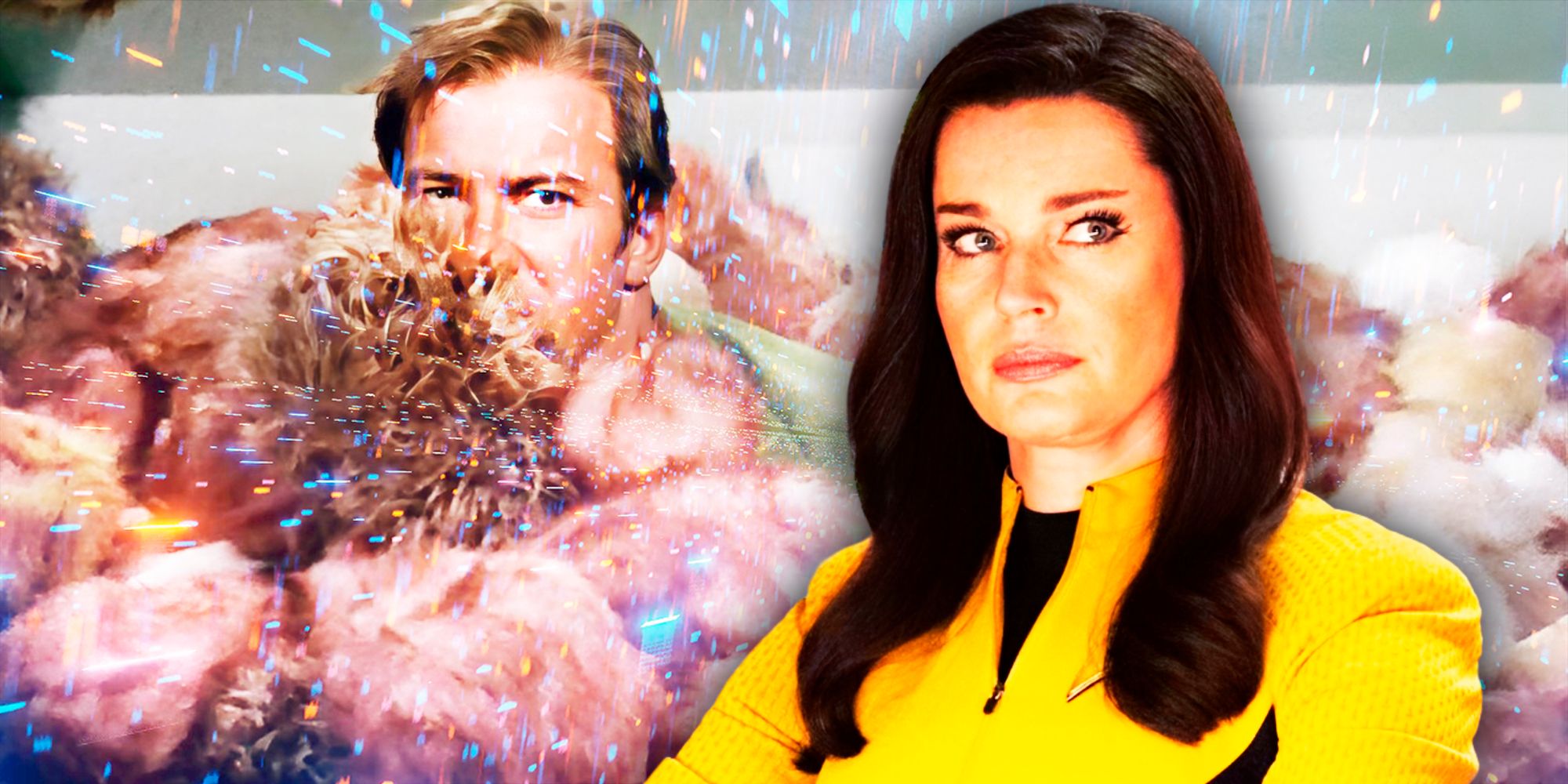“HBO’s latest limited series “Get Millie Black,” from acclaimed writer Marlon James, begins and ends with a haunted house. Not literally haunted, but filled with painful memories of a broken home—an abusive mother steeped in homophobia who kept two siblings apart. For James, having the Jamaica based childhood home of detective Millie Black (Tamara Lawrance) and her sister Hibiscus (ChynaMcQueen) was a good starting point for exploring their relationship, but also the larger things like human trafficking that the series gets into. “A house is home and for a huge part of the show, Millie tries to turn it back into a home,” James told IndieWire. “Well, a home is also where the abuse happens. A home is where the hurt happens. A home is where their first encounter of people at their worst doing horrible things. A house can hide so many things. The house is the first thing we see and the last thing we see, and the house is a haunted house is an understatement.”
The five episode season follows Millie Black, a former Scotland Yard detective, who is investigating a missing child case that becomes an obsession. All the while, she’s also trying to repair a relationship with her sister Hibiscus, with whom she was estranged from, and learned that she transitioned when she thought the formerly male Hibiscus (known as Orville as a child) was missing. She works closely alongside her partner and friend, Curtis (Gershwyn Eustache Jnr), who is dealing with his own internalized homophobia and the golden boy detective Luke Holborn (Joe Dempsie) who has been sent in from Scotland Yard to help with the case.
It’s a fresh, interesting new take on the detective procedural filled with intrigue and wild twists. One aspect to “Get Millie Black’s” storytelling that flips the script is that each episode is told from the perspective of different characters from Millie and Hibiscus, Holborn and Curtis, and in a truly inspired choice, Janet (Shernet Swearine), a young Jamaican girl who is caught up in the case Millie is investigating. “I always love the narration of the detective show in film noir,” James said. “I kept thinking, how can I subvert it? And as somebody who tends to write novels with dozens of characters, sometimes all in first person, the idea that a different character’s perception of somebody can influence how we see that character was very interesting to me. I think just as different versions of a character in some ways brings you closer to who that character is or the opposite, they become more of an enigma.”
 ‘Get Millie Back‘
‘Get Millie Back‘Questions of identity lay at the core of “Get Millie Black” through the lenses of race, class, gender, and sexuality. James positions these thorny themes through the myriad of ways the characters code switch — Millie tampers down her accent when talking to white people but in the presence of other Jamaicans it becomes pronounced. Holborn uses his affable golden boy energy and #girldad badge to hide something sinister. Curtis plays up his hetero masculinity in the office, but at home is a devoted, loving partner to his boyfriend. In this we see how the characters navigate the world, but also play into how they are perceived to their advantage or disadvantage. James didn’t intend to have so much code switching in the show, but it ended up coming up anyways.
“Code switching is one of my personal obsessions that I can’t let go of,” he said. “It’s something that happens in almost everything I write. I think for a lot of reasons queerness trying to pass a straight, the different types of queerness, but also race and class. In just episode one, we’re going from literally the gutter to the mansions and a lot of times you have to create different versions of yourself. It is all these roles that we play and it’s so much performance and so much artifice. It almost becomes you have to code switch to communicate. You have to code switch to be heard. You have to sometimes code switch to be safe. It’s all these reasons why we pick these identities, and every now and then you get a glimpse of who the real person is every now and then, but not always.”
Code switching, especially for Curtis, is a way to protect him from the violent homophobia of Jamaica that’s shown in the show. But he’s also a perpetrator of said homophobia when it comes to Hibiscus whose trans identity is something she can’t hide when he won’t respect her pronouns. But Curtis’s own internalized homophobia and devotion to helping Millie out even when he shouldn’t threaten to break his relationship near the end of the series. A line that haunts Curtis’s narration in the season finale is “Normal cost me everything.” That’s something that felt deeply personal to James being a queer person who spent a lot of time trying to be “normal.” In this, he was partially inspired by the Hole cover of “Credit In The Straight World,” whose lyrics inspired some of Curtis’s journey throughout the show. But instead of having Curtis lose it all it was important for him to see queer people have some semblance of a good ending. “It was very important in the end that their union is rocked, but it’s not destroyed,” he said. “I’m not going to lie. I was hitting back at a bunch of TV shows when he says, ‘We’re not going to be that TV show where the gay people die.’ I used to watch daytime soaps. Don’t judge me. It was ‘Guiding Light?’ This show is ending. They have no reason to play it safe and at the end, they still killed off the gay guy’s boyfriend. It was almost 10 years ago, and it still burns me.”
Millie on the other hand does lose it all. Everything that the audience admires about her — the tenacity, the intelligence, the doggedness, the wanting to save the missing children that a broken system would be fine with simply disappearing. Her sole focus on the case at the center of season 1 wrecks her career and her family — both things she seemed so hellbent on trying to hold onto. “Sometimes even when you’re doing good things, you pay an unthinkable price for it,” he said. “I am not even sure myself, if Millie knew she’d pay such a heavy price. How would she know? I think Hibiscus is right, she’s still trying to save an Orville, but an Orville should be saved. Even if you take away all her own motives for getting into this, the fact is somebody’s alive and somebody’s family is better off because of it. To restore the family at the cost of her own is hard to condemn her for it.”
At the beginning of the series, Millie sees their old family home as a way to reconstruct her and Hibiscus’s broken family. So it makes sense that the house looms large throughout the series and especially in the finale and it was something at the top of James’s mind as well. “I thought of all the ways in which a house haunts you even without physical ghosts because neither person can get past the memory of what happened there. The house couldn’t save them.”
“Get Millie Back” is streaming now on HBO.

 3 weeks ago
10
3 weeks ago
10










 English (US) ·
English (US) ·